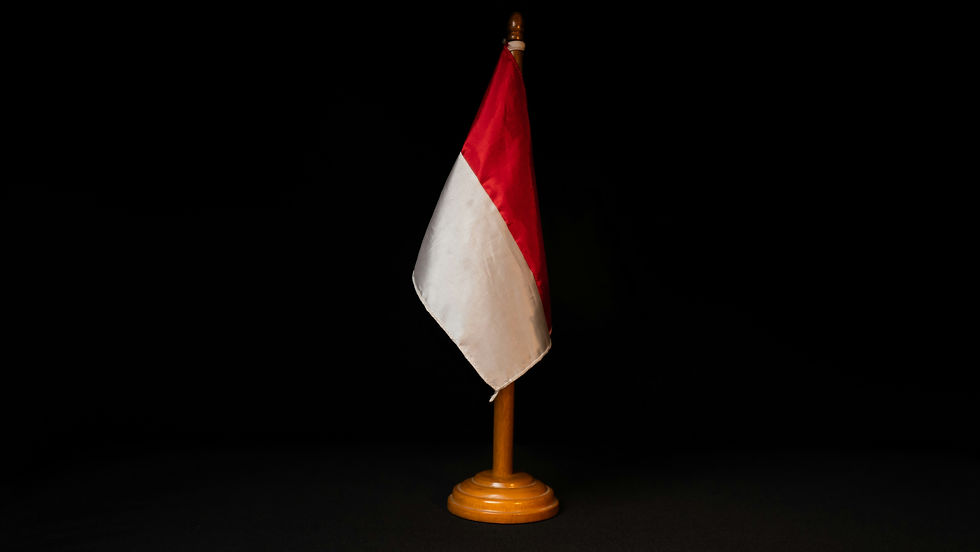Satellite imagery, AI reveal extensive fishing activity at seas
- Voltaire Staff
- Jan 5, 2024
- 2 min read

Researchers with the help of Artificial Intelligence and satellite imagery technology have detected suspicious fishing operations that were previously undetected, with a large chunk of such activity happening on Chinese shores.
The study, published in the journal Nature and led by the Google-backed nonprofit Global Fishing Watch, revealed significant industrial activities, including suspicious fishing operations and a surge in offshore energy development.
The research found that three-quarters of the world's industrial fishing vessels are not publicly tracked, along with up to 30 per cent of transport and energy vessels.
These blind spots pose challenges to global conservation efforts, hindering policymakers' ability to accurately understand and protect oceans and fisheries, the researchers claimed.
Until now, Global Fishing Watch and similar organisations primarily depended on the maritime Automatic Identification System (AIS) to monitor maritime activities.
The AIS system tracks vessels equipped with a transmitting box that emits radio signals. Historically, this data has been instrumental in documenting issues such as overfishing and forced labour on vessels.
The AIS data suggests that approximately 36 per cent of fishing activity occurs in European waters, and 44 per cent in Asia.
However, the satellite data presents a stark contrast, indicating that only 10 per cent of fishing vessels are in European waters, while a significant 71 per cent are in Asian waters.
China alone appears to contribute to around 30 per cent of all global fishing activity based on this satellite information.
Throughout the analysis, an approximate average of 63,000 vessels were identified, nearly half of which were engaged in fishing activities.
The research also revealed that a significant portion, ranging from 72 to 76 per cent, was not under the surveillance of any public tracking system.
The map illustrates that a substantial number of these unmonitored fishing vessels are concentrated around Africa and South Asia.
For the study, researchers analysed 2,000 terabytes of imagery data from the European Space Agency's Sentinel-1 satellite constellation. The advanced radar technology could penetrate clouds and darkness, revealing offshore activities that AIS might miss.
Three deep-learning models were developed to classify vessels, estimate their size, and identify various offshore structures. The study covered 15 per cent of the world's oceans, focusing on areas where 75 per cent of industrial activity occurs.
The researchers observed changes in vessel movements and the development of stationary offshore structures between 2017 and 2021.
"A new industrial revolution has been emerging in our seas undetected – until now," said study's co-lead author David Kodama, also the director of research and innovation at Global Fishing Watch, in a statement.
Fernando Paolo, another author of the study, told TechCrunch, "There are a few reasons why these vessels are missing from public tracking systems."
For instance, smaller vessels and those operating in areas with little or no satellite coverage or AIS infrastructure are equally "untracked" as ones that deliberately turn off their transponders or otherwise avoid detection.
"It is important to note that some countries have other (proprietary) means to track vessels within their own waters. But these proprietary systems are limited to the vessels they can track and this information is not shared with other nations," he added.




































Comments